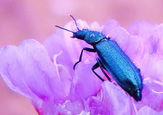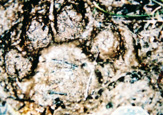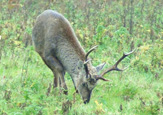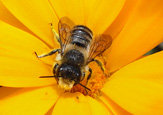





The Meghalayan People
The people are mainly Tibetan Burmese in origin they settled in the region hundreds of years ago and formed three main tribes, the Garo tribes. Lately other tribes have entered the region.
The main area I visited was the West and south Garo hills, and the borders of the Kasi hills, where the Kasi tribes dwell to the East. The Indian government is obliged to make sure that all tribal people have basic rights such as a plot of land, a house and allowed animal such as pig, cattle and fowl, and allowed to take a certain amount of gatherable natural produce as well as being able to grow produce for themselves and to sell.
The people speak Garo, and some Hindi. Not many people speak good English. Most tribes were converted to Christianity since the eighteen hundreds, but there are also old beliefs. They like to keep hold of their traditions especially these days when it is thought as romantic, and traditional. Many Garo people are at a loss when all is converted to Christianity, they feel that hey have lost there purpose, there colour, their reason to be natural.
There was a lot of fighting and head hunting in the past. They were barbaric, that is very true and some traits still run through some of the tribes today, although most people are very friendly and polite and jolly.
There are schools and colleges and churches in some areas. In Tura, the main town of the Garo hills there is also a library and college and small scientific establishments. One sees Water treatment, rubber plantations, disease control management, and environmental offices. There are also wildlife officers that deal with the national parks and policing the problems of poaching and environmental destruction.
They are small time developing, and maybe that is best. The new generations of children are being taught about the world they live in and less jungle hunting continues these days, but not in time to save local populations of many species of mammals.